Billionaire boltholes to survive the end of the world
Inside the remote estates the super-rich retreat to in times of trouble
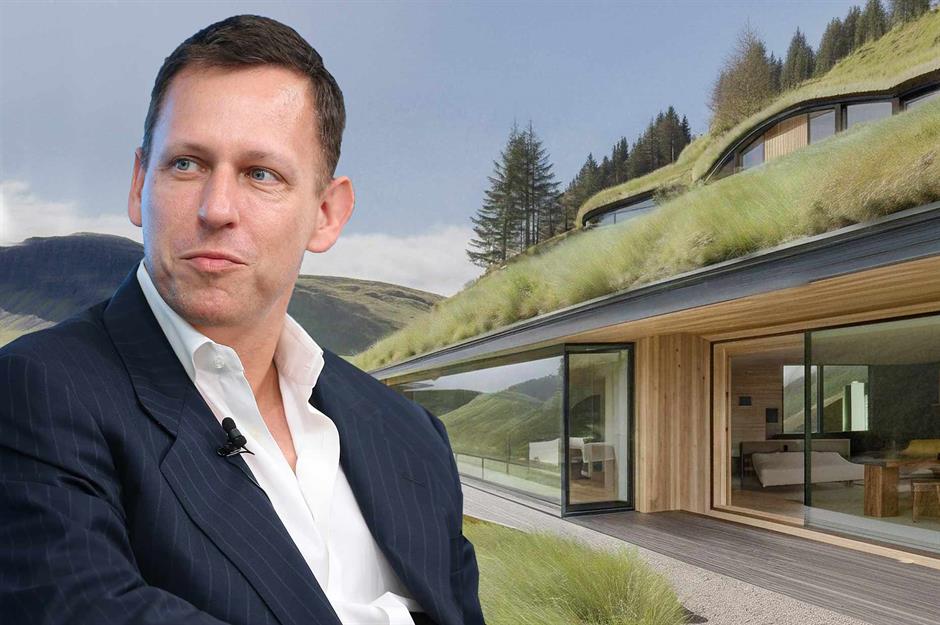
Between political turmoil, wars and natural disasters, it's no secret that the world is a pretty turbulent place right now. In preparation for the worst, the super-rich have been investing in secure estates and luxury property in some of the most remote locations across the globe. Far from the bright lights of New York City or London, the top 1% will be hunkering down in the wilderness of New Zealand, the Scottish Highlands or on islands in the middle of the Pacific Ocean.
Click or scroll on to take a look at the remote retreats and locations that billionaires run to when disaster strikes...
All figures and net worths are correct at the time of publication.
Billionaire bolthole: New Zealand
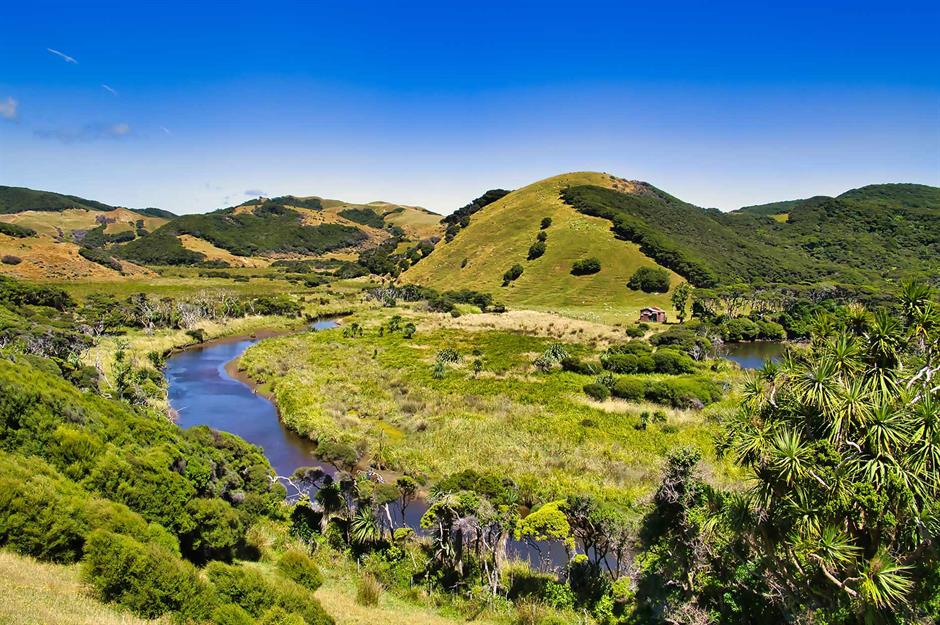
Reid Hoffman, the co-founder of LinkedIn, told The New Yorker in 2017 that purchasing property in New Zealand has become a code for getting "apocalypse insurance". He revealed to the publication: "Saying you're 'buying a house in New Zealand' is kind of a wink, wink, say no more."
The Australasian country has built up a reputation as a safe haven for the world's billionaires thanks to its political stability, beautiful scenery and so-called 'golden visa' programme. As of April 2025, wealthy individuals are eligible for residency if they spend a certain number of days a year in New Zealand and invest at least NZ$5 million ($2.8m/£2.3m) or NZ$10 million ($5.7m/£4.5m) in the country depending on their visa pathway.
The rise of luxury bunkers
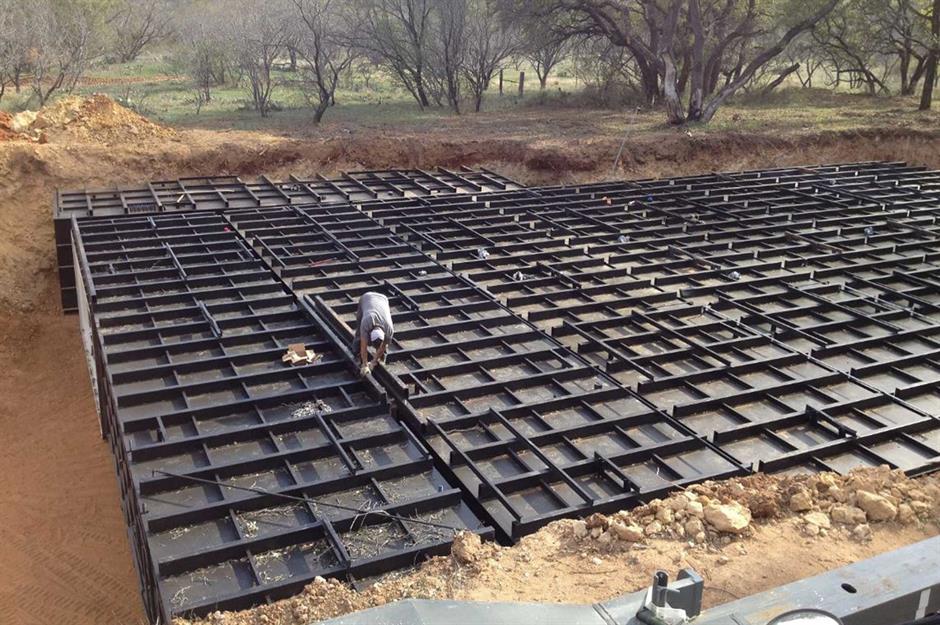
Some wealthy buyers in the market for a disaster-proof base in New Zealand are investing in luxury bunkers. Underground global shelter network Vivos said it installed a 300-person bunker on the country's South Island in 2020. Meanwhile, survival shelter firm Rising S Bunkers revealed that it had delivered around 10 private bunkers to New Zealand over the past few years.
Pictured here is an installation of one of Rising S Bunkers' underground shelters. The firm specialises in bunkers, storm shelters and vaults, which can be customised to an extremely high standard.
Disaster-proof hideouts
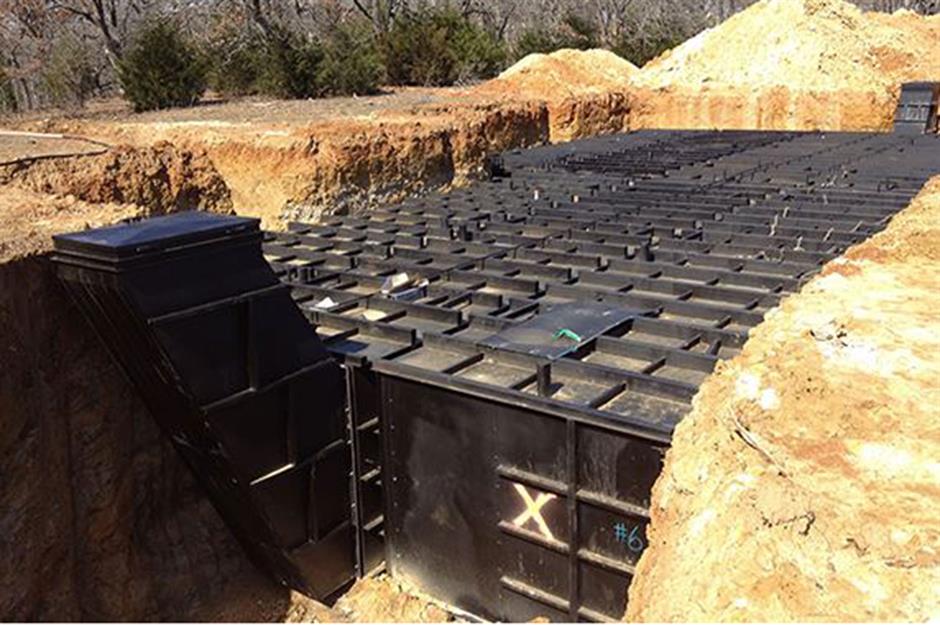
Based in the United States, Rising S Bunkers designs and builds everything in its Texas warehouse. It claims to be the only manufacturer to make its blast doors in-house and the team guarantees all of the structures it builds for life.
The fortified bunkers are built from plate steel and submerged beneath the earth, making them ideal hideouts in the face of natural disasters, nuclear attacks and other catastrophes. Shelters are built to run off-grid using solar energy and septic systems so they're not dependent on the power grid.
The $9.6 million shelter
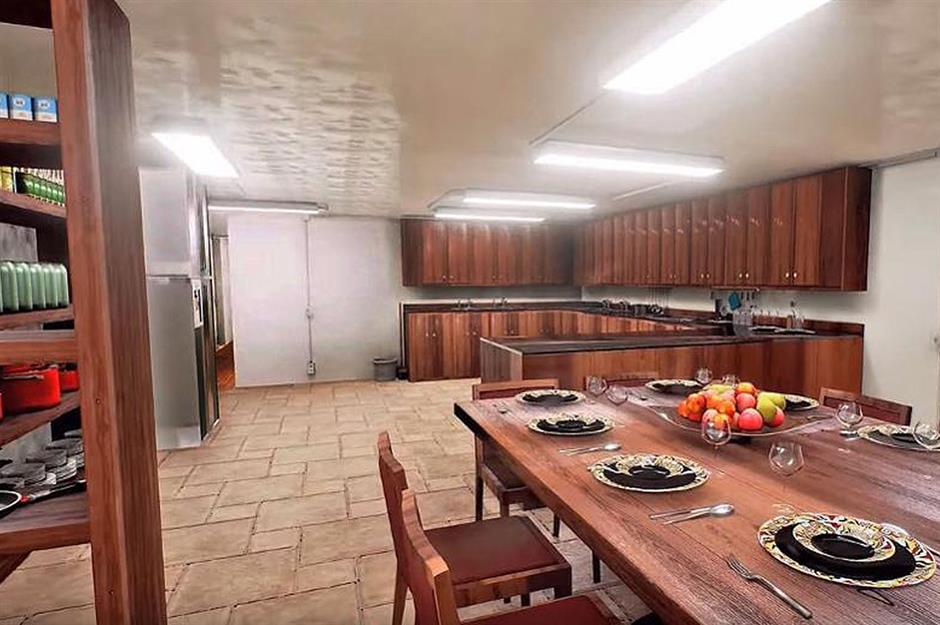
The company's most premium bunker design, the Aristocrat, costs in excess of $9.6 million (£7.6m) and includes a bowling alley, swimming pool, gym, sauna and games room. There's also the more practical addition of an internal greenhouse, allowing residents to live self-sufficiently.
Hidden from the site, the entrance to this high-spec shelter is concealed within a ground-level safe house, which resembles an ordinary prefab structure. The bunker's hatch is hidden behind a false wall and only revealed when a secret locking mechanism is released.
Enhanced security features
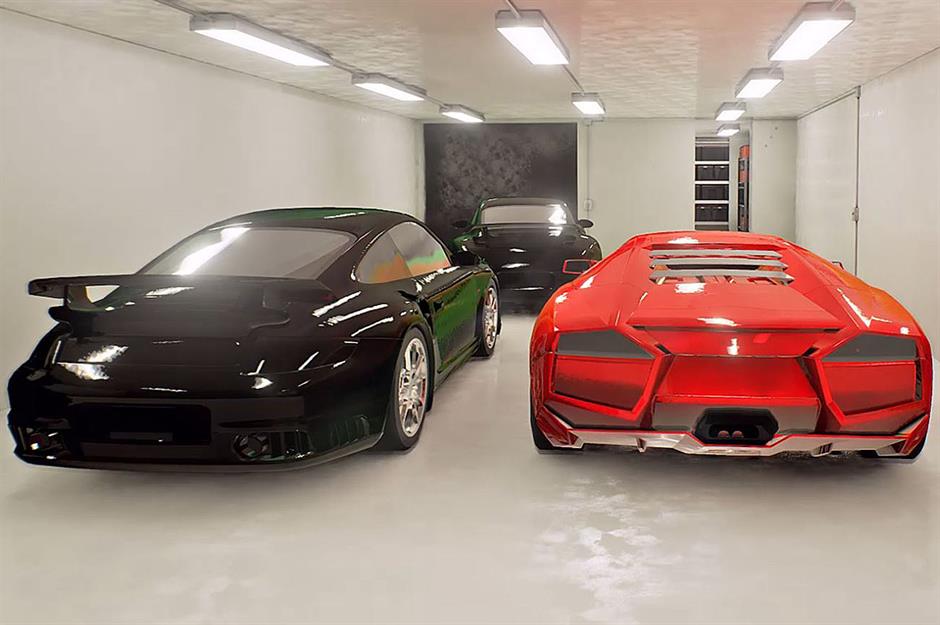
The company's series of luxury bunkers are fitted with other security extras including bullet-resistant doors and whole-home air filtration systems to stop the spread of pathogens.
Alongside its enhanced safety features, the Aristocrat model offers an especially high-end amenity: a motor cave where residents can keep their beloved supercar collections safe.
Sam Morgan
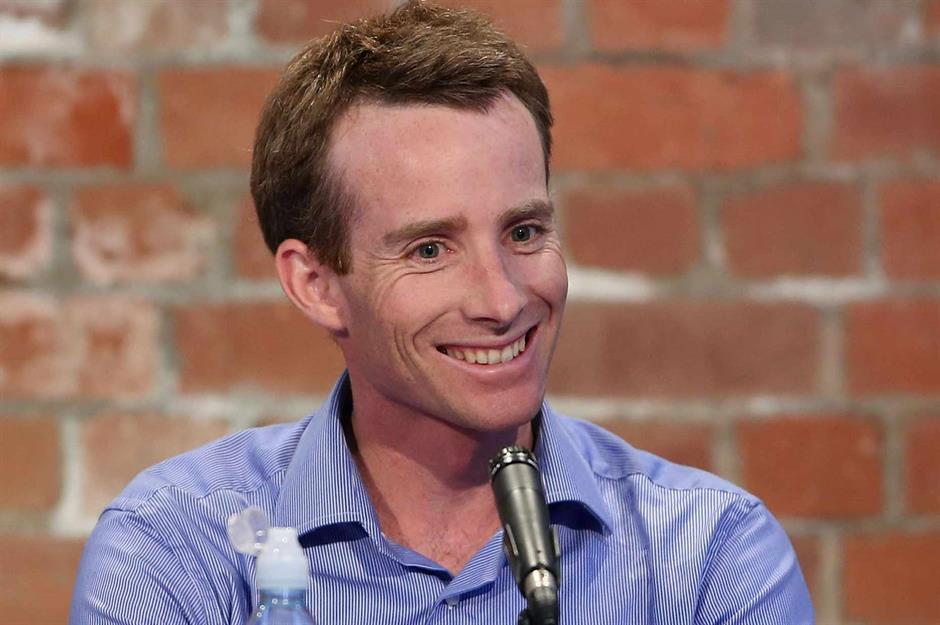
For the uber-rich, a bunker is not enough. The aim is a self-sufficient, remote property where they can ride out the storm. While the world's billionaires tend to be incredibly private about their security, it's no coincidence that many high-net-worth individuals have bought up sprawling properties in the wilds of New Zealand.
Sam Morgan, the founder of New Zealand's largest online auction site Trade Me, started the trend back in 2008 when he bought an iconic sheep station near Wānaka on the South Island for over NZ$25 million, which is around NZ$31.4 million ($18m/£14.3m) when adjusted for 2025 inflation.
Sam Morgan's Hillend Station in Wānaka, New Zealand
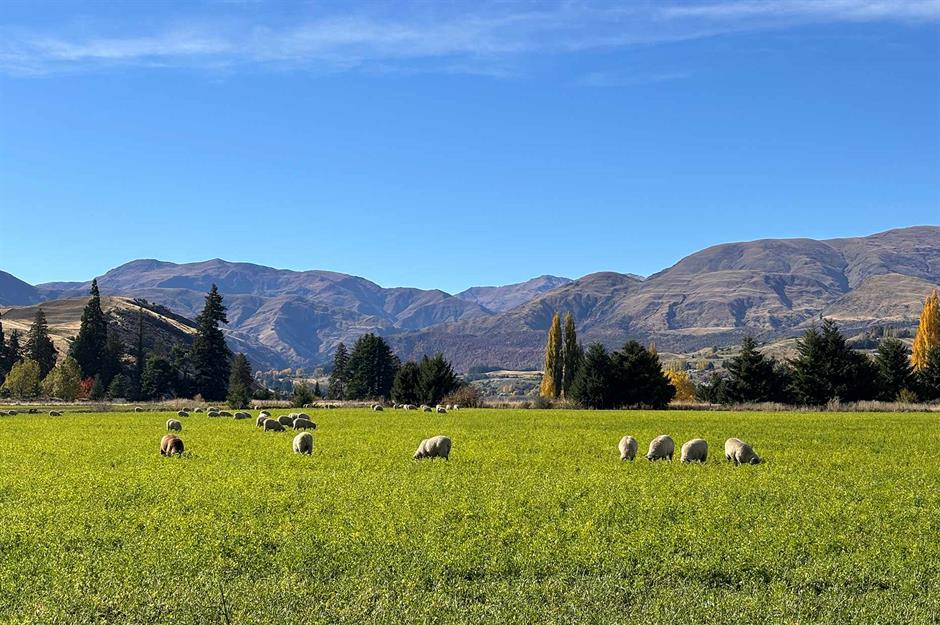
The mogul made the purchase two years after he sold Trade Me for more than NZ$700 million – the equivalent of NZ$932 million ($533m/£423m) in today's money.
Known as Hillend Station, Morgan didn’t go into details about his plans for the property at the time, which was previously owned by Infinity Investment Group. However, it seems like the perfect hideaway in the middle of nowhere with plenty of secure space to develop.
Sam Morgan's Hillend Station: super-secure residential plots
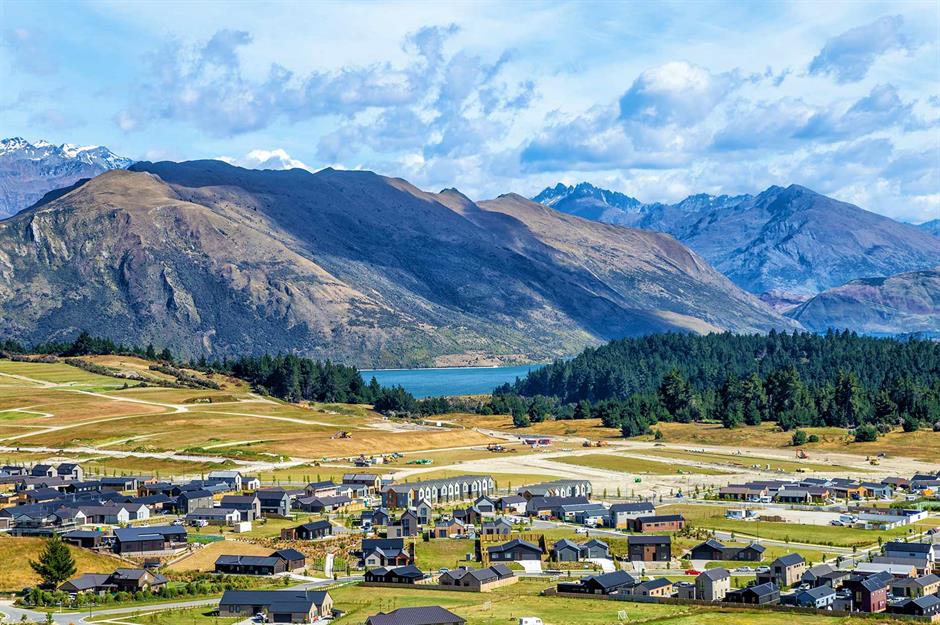
A Kiwi himself, Morgan said at the time of the purchase: "It's an exciting new challenge for me and I look forward to investing further in the region while continuing all of Infinity's good work in preserving the unique beauty and character of the area."
In 2020, Morgan listed eight private housing lots for sale at Hillend Station, naming them the Hillend Estates. Located minutes from Lake Wānaka (pictured), the lots vary in size. For example, one of the last sites to sell encompassed just under four acres (1.6ha). Each site includes gated access, fully fenced grounds and a serviced building platform with permission for residential construction.
Sam Morgan's Hillend Station: remote and hard to access
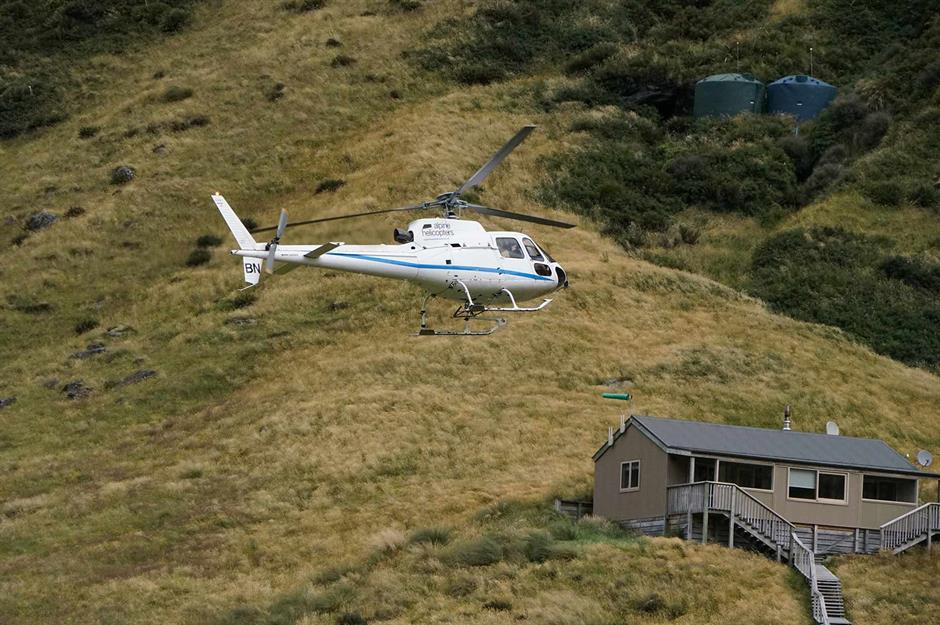
Morgan initially purchased 6,585 acres (2,665ha) of land, and while it's unclear exactly how much he now owns since the sales, he's likely to have retained a significant swathe of the area's wilderness.
To give an idea of the remoteness in this corner of New Zealand's South Island, pictured here is a luxury lodge at Minaret Station, a 15-minute drive from Hillend Station. Access to the mountainous region is such a challenge that guests have to be flown in via helicopter.
Peter Thiel

But perhaps the greatest signal of New Zealand’s increasing reputation is the influence of German-American billionaire Peter Thiel, co-founder of PayPal. Back in 2011, he said: "I am happy to say categorically that I have found no other country that aligns more with my view of the future than New Zealand."
The business tycoon, who is worth $16.4 billion (£13bn), has chosen to spend some of his billions investing in property in the Australasian country, which he dubbed a "utopia".
Peter Thiel's property portfolio in Otago, New Zealand

In June 2011, Thiel was awarded citizenship after spending only 12 days in New Zealand, bypassing the usual residency rules that require candidates to live in the country for a number of years.
The same year, he went on to purchase this four-bedroom home in Queenstown in the region of Otago for NZ$4.8 million ($2.7m/£2.2m). The glass-fronted property is known locally as the Plasma House. After a significant fire in 2017, he repurposed a walk-in closet as a luxury panic room, an essential for any billionaire prepper.
Thiel held onto the home until 2022, when he sold it on for just under NZ$6.9 million ($3.9m/£3.1m).
Peter Thiel's property portfolio: a private lakeside retreat
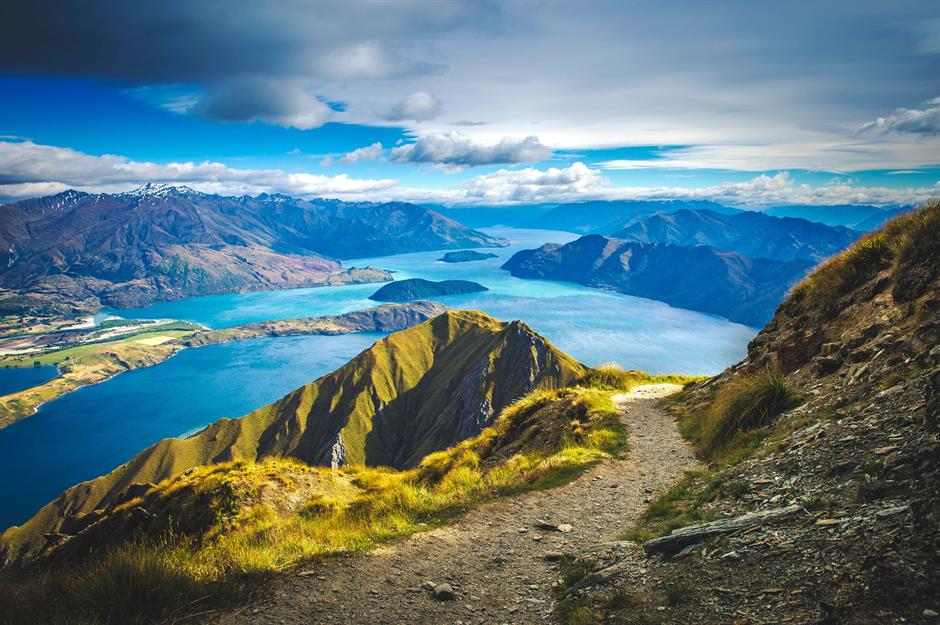
In 2015, he increased his portfolio in Otago and bought a 477-acre (193ha) block at Damper Bay on the shores of Lake Wānaka, famed as a filming location for The Lord of the Rings, for NZ$13.5 million ($7.7m/£6.1m).
However, the land Thiel purchased was previously the site of local controversy. New Zealand’s national hiking trail, the Te Araroa trail, runs alongside the lake boundary of Thiel’s property. According to The Guardian, the Upper Clutha Environmental Society was concerned the region would be spoilt by garish mansions and succeeded in reducing the number of parcels on offer from six to one – which Thiel then went on to purchase.
Peter Thiel's property portfolio: plans for a bunker-style compound
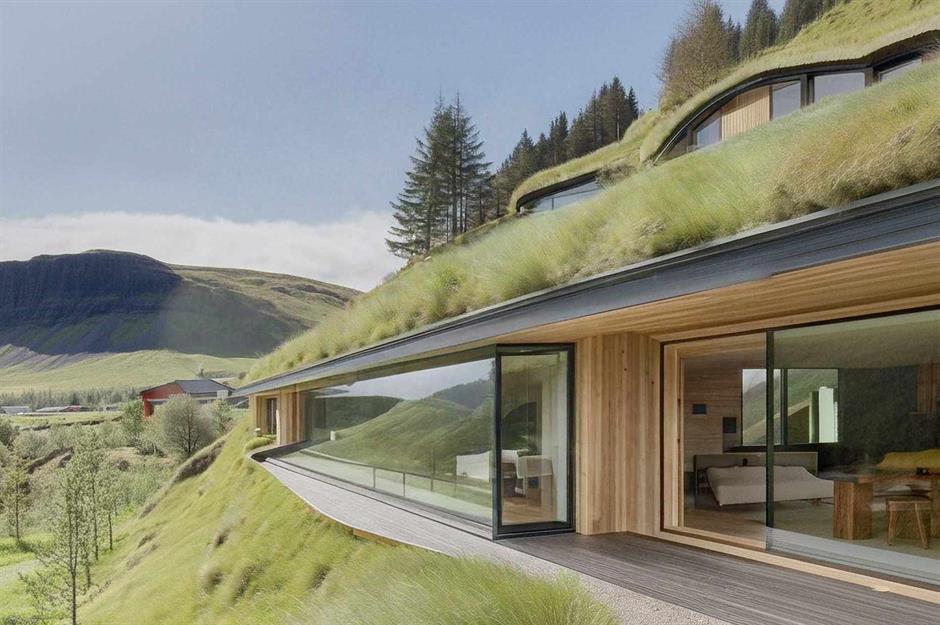
Thiel's plans for the sprawling acreage include a bunker-style compound embedded in the hillside featuring a 1,082-foot-long (330m) glass-lined guest lodge for up to 24 people and an owner's accommodation pod, surrounded by landscaping and water features.
In 2022, the local council rejected Thiel's plans for the ambitious build, citing the negative impact on the surrounding landscape. However, Thiel has not withdrawn his application and there's been no word that the billionaire intends to give up on developing the site.
This generated image, based on renders submitted as part of the planning application, gives an idea of what the earth-sheltered design might look like if it ever comes to fruition.
Bill Foley
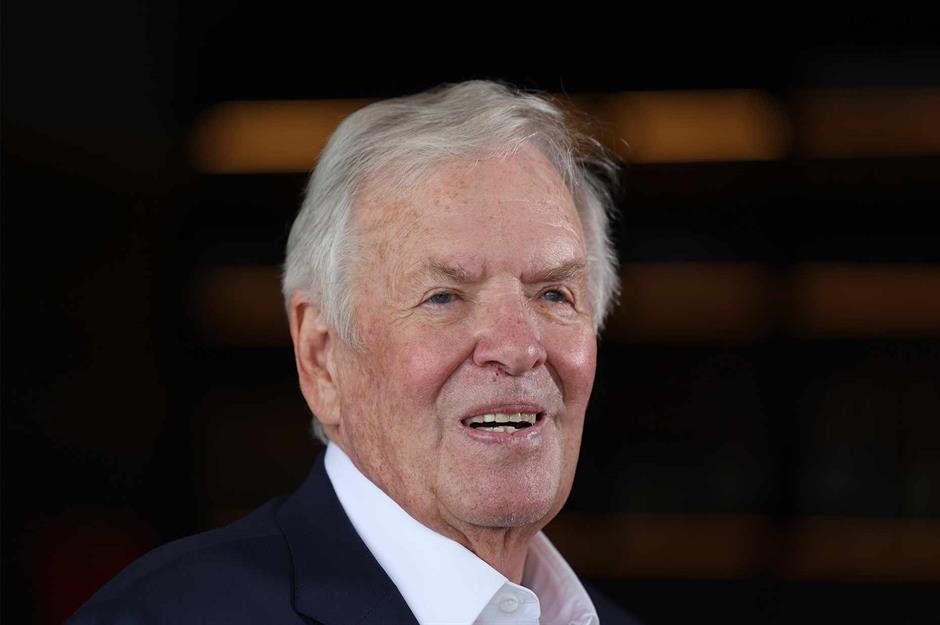
US billionaire Bill Foley has diverse business interests – he's the chairman of insurance company Fidelity National Financial and chairman emeritus of software and data provider Black Knight, as well as the owner of the Vegas Golden Knights hockey team.
Foley has also spent some of his $2 billion (£1.6bn) fortune on multiple properties on New Zealand's North Island in the Wairarapa region. Bill and his wife Carol visited the area in 2010 intending to invest in the local wine industry, however, they fell in love with remote Wharekauhau and ended up purchasing a sprawling lodge property and a vineyard.
Bill Foley's Wharekauhau estate in Wairarapa, New Zealand
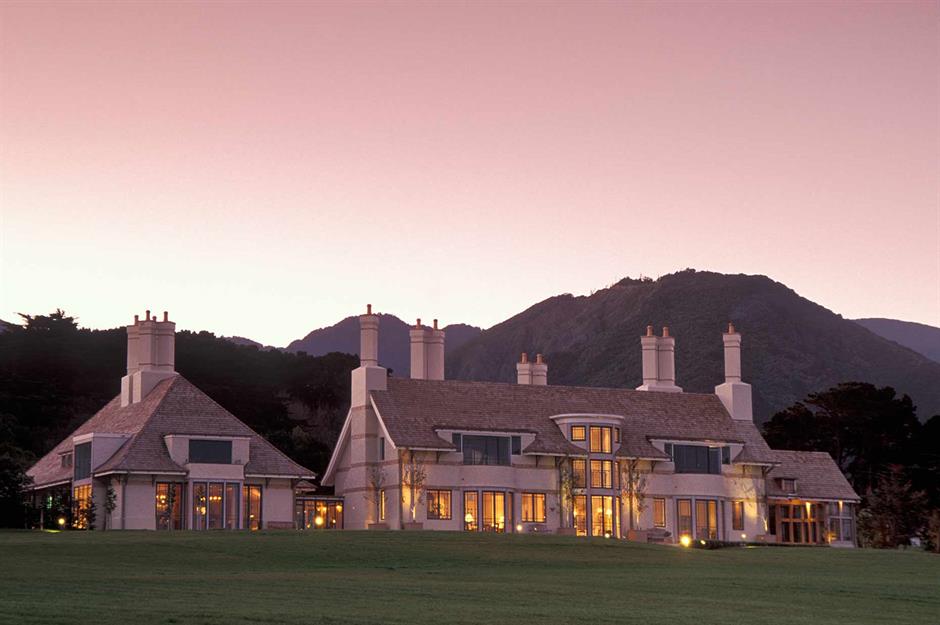
Scenic and secluded, Wharekauhau Lodge was originally established as a sheep station back in the 1840s. While the purchase price has not been revealed, the estate is said to have been worth more than NZ$24 million ($13.7m/£10.9m) at the time of the sale.
The property is well-equipped for the worst, with a working farm and vegetable gardens making the property relatively self-sufficient in the event of a disaster. As well as all the essentials, the extensive property also includes a tennis court, spa and outdoor pool.
Bill Foley's Wharekauhau estate: a luxury hideaway
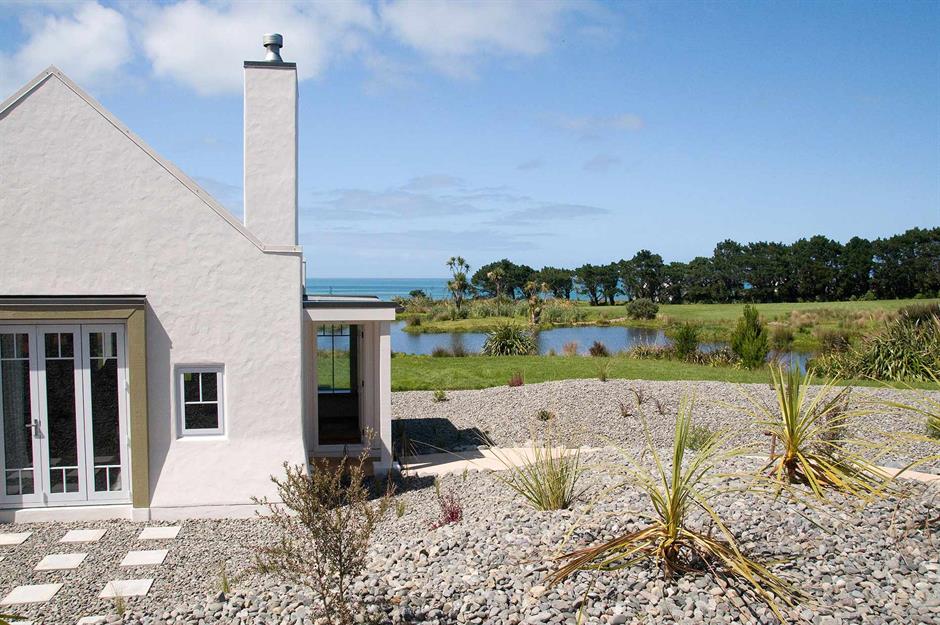
Wharekauhau Lodge and its 15 luxury cottage suites have become a roaring success with holidaymakers. However, the coastal retreat is far more than just a business venture for the Foleys.
In 2013, the couple expanded the property by purchasing Château Wellington, located next door to the lodge, for just less than NZ$1.9 million ($1.1m/£863k). The stately home, which features a swimming pool and palatial architecture, is reportedly used as the pair's New Zealand base when they're in the country.
Bill Foley's Wharekauhau estate: notable royal guests
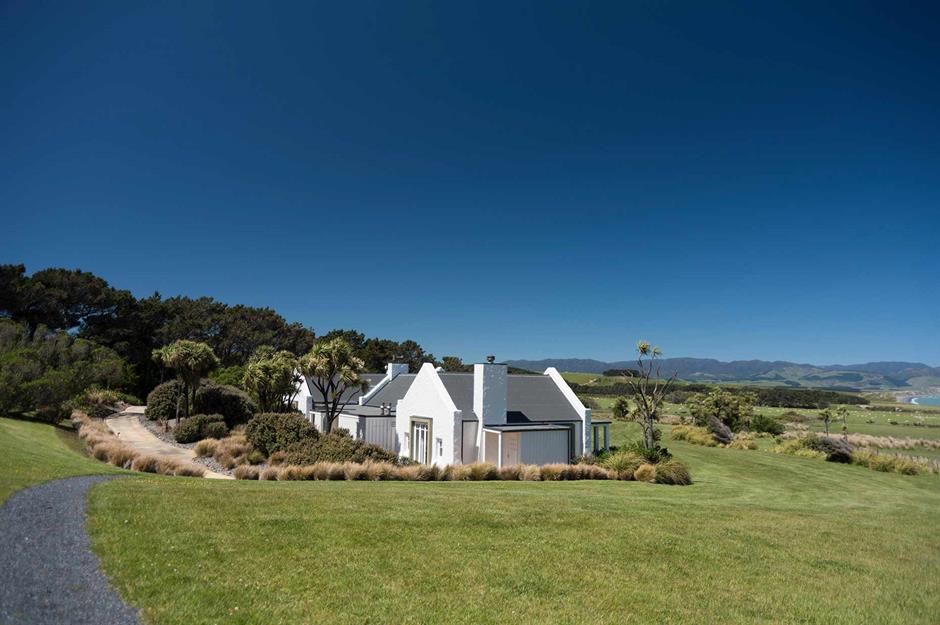
Now known as Foley Villa, the billionaire couple allows wealthy guests to rent out the château when they're not in residence. In fact in 2014, they even hosted the British royal family when Prince William, Kate Middleton and baby Prince George stayed at the 4,500-square-foot (418sqm) luxury home during a state visit. The château reportedly has its own security gate and helipad, making it the ideal private retreat for the royals.
If you're yearning for your own slice of beautiful, remote coastline, lots on the Wharekauhau estate are occasionally listed for sale.
James Cameron

Canadian director James Cameron is known for exploring new territories. He went to record-breaking depths during underwater filming for the Titanic movie and took CGI to the next level with his film franchise Avatar.
Inspired by his time shooting live-action sequences in New Zealand for Avatar, the filmmaker took another leap in 2012 when he decided to buy a rural property in the country and expand into plant-based business ventures.
James Cameron's agricultural empire in Wairarapa, New Zealand
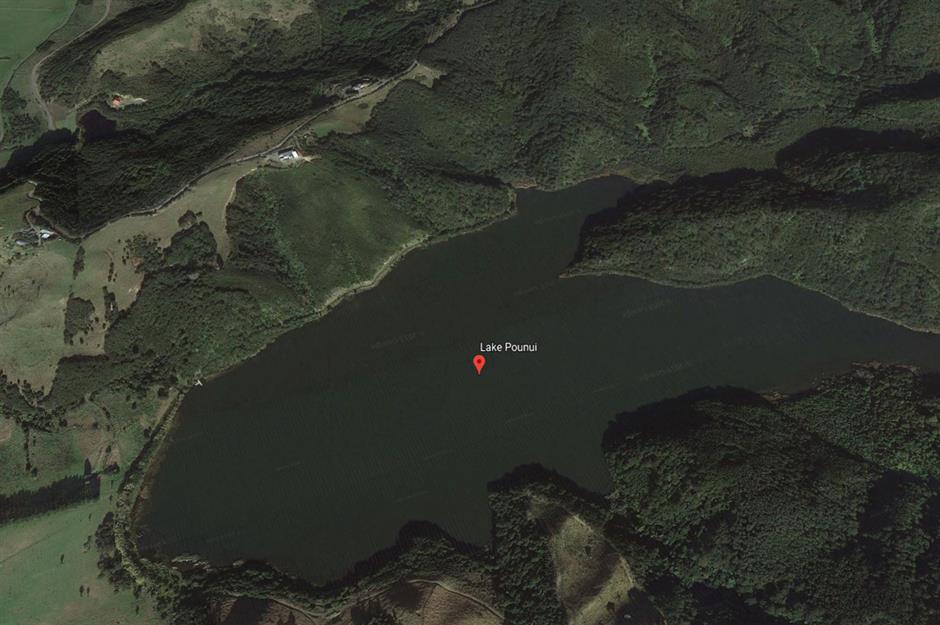
Joining the flocking billionaires, Cameron bought more than 2,500 acres (1,011ha) of land in Wairarapa on the North Island for NZ$20 million ($11.5m/£9.1m) and soon made the area his permanent home.
The director set up Cameron Family Farms and purchased a walnut orchard along with a vast plot of land, plus a large property overlooking Lake Pounui, which sits within miles of rolling countryside.
Cameron also owns a home in the Wellington suburb of Roseneath and is thought to live between the two locations.
James Cameron's agricultural empire: remote rural living
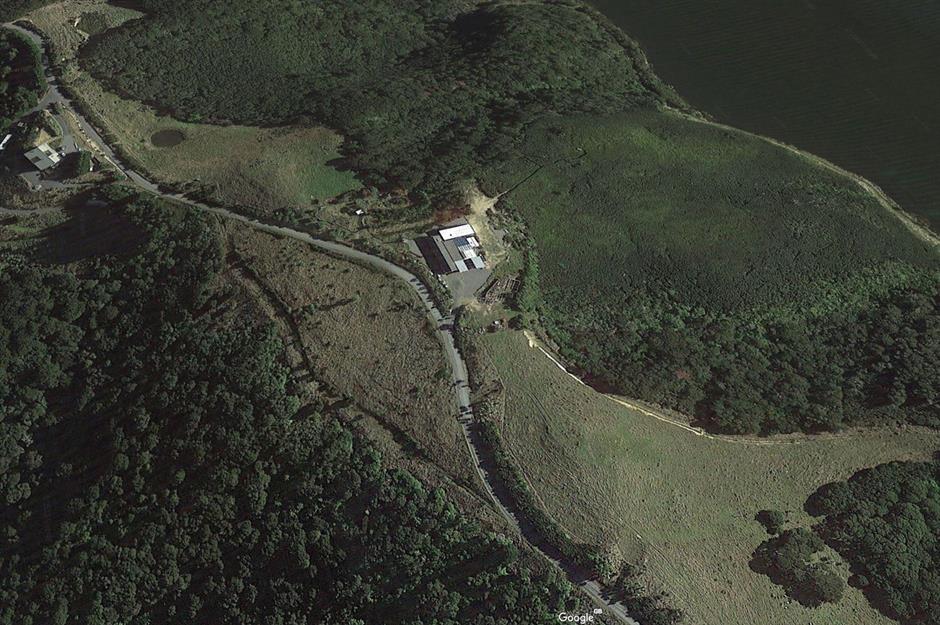
The main house in Wairarapa is flanked by dense forest and Cameron and his family reportedly moved there indefinitely, intending to live off the land according to the NZ Herald. "We want to raise our kids with the values we had when we were growing up, close to the land and with a strong work ethic," he said in a statement regarding the move.
Cameron has made no secret of his affection for his new home country and in February 2025, he revealed that he expected to become a New Zealand citizen in the coming months.
James Cameron's agricultural empire: sustainable farming enterprise
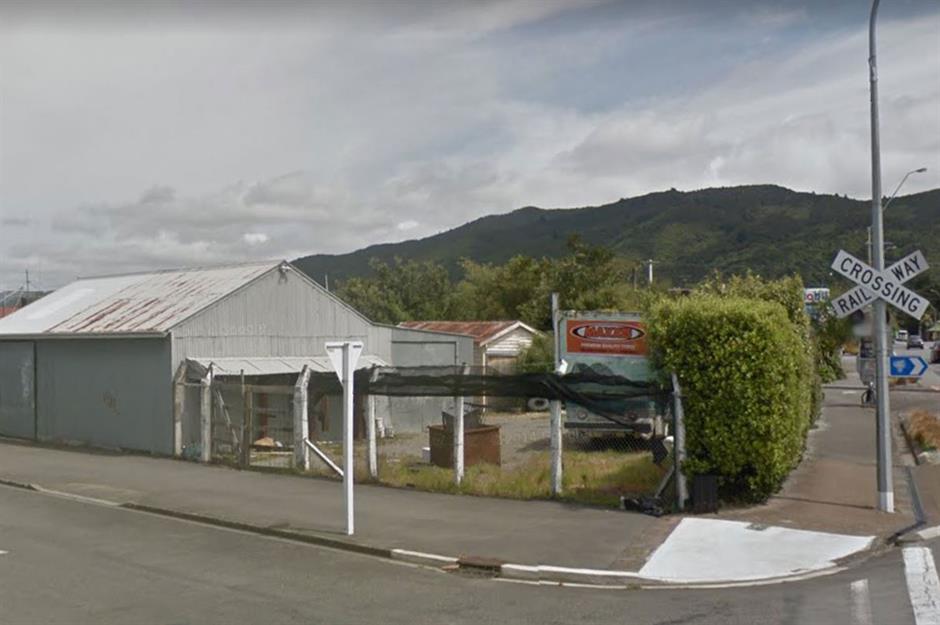
Cameron has become well-established locally for his sustainable living and farming. In 2016, he also purchased the town of Featherston’s old post and telegraph depot to use as a distribution centre for his farm produce.
The director, who is a huge advocate of plant-based lifestyles, has also converted two dairy farms into organic vegetable farms so he's well-prepared for a life of safety and seclusion in New Zealand.
Billionaire bolthole: Hawaii
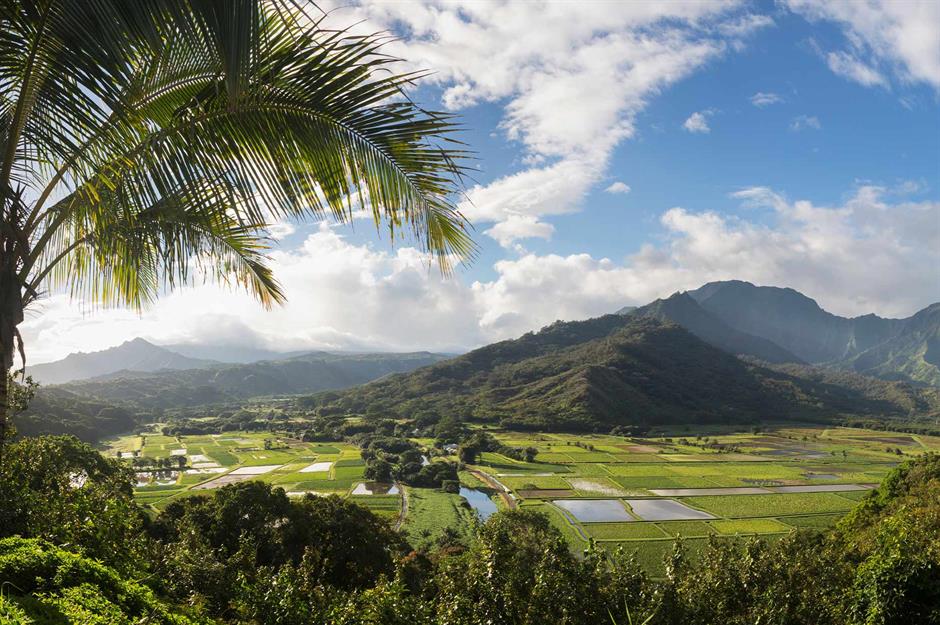
Favoured for its remoteness, natural beauty and low property taxes, Hawaii has seen high-net-worth buyers flock to its shores over the past few decades. In fact, it's said that 11% of the island's private land is owned by 37 billionaires – and some have built disaster-proof compounds on the US island state.
However, this influx of billionaires hasn't been without controversy. Land across the islands is already scarce and the increase in multimillion-dollar sales is driving up house prices, making property unaffordable for ordinary Hawaiians and restricting access to culturally significant land.
Larry Ellison
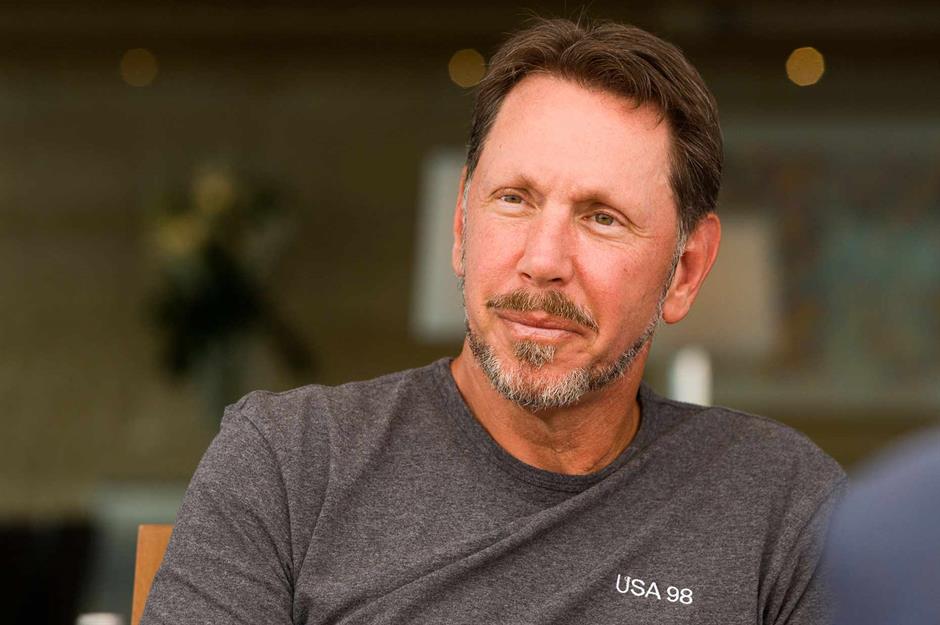
With a net worth of $207.7 billion (£164bn), American billionaire Larry Ellison can afford even the most expensive pieces of real estate around the world.
Not content with a mere mega-mansion, the co-founder of software company Oracle bought the majority of the remote island of Lanai in Hawaii in 2012. When the coronavirus pandemic hit the US, he left California and made Lanai his permanent home in 2020.
Larry Ellison's Lanai Island in Hawaii, USA
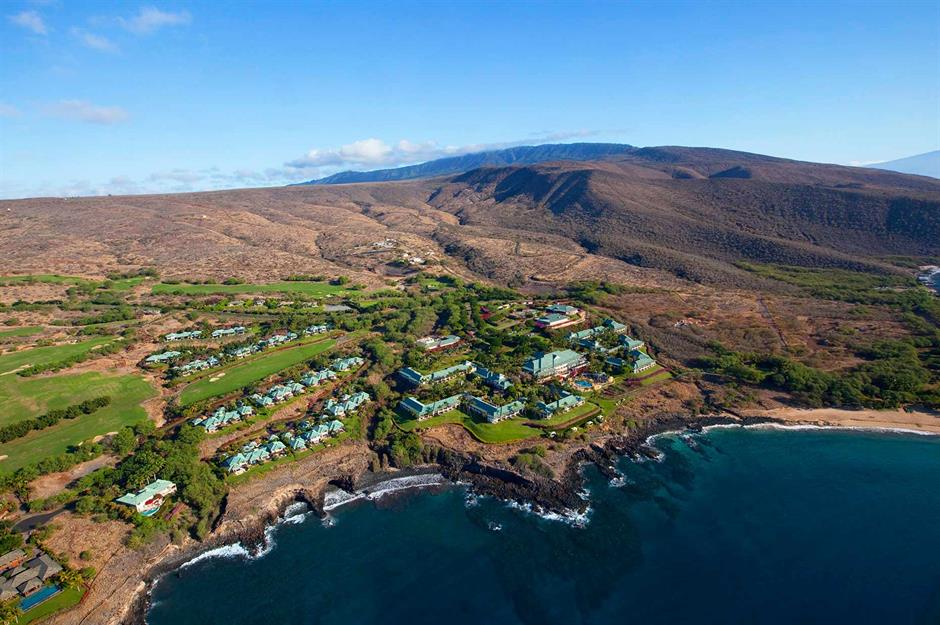
Ellison paid $300 million (£234m) for 98% of the island, including two Four Seasons hotel resorts and 90,000 acres (36,422ha) of land – plus a town of 3,200 residents. The remaining 2% of the isle is owned by the state government and private homeowners.
The sixth-largest island in Hawaii, Ellison dubbed Lanai "the sustainable Eden in the Pacific" shortly after his purchase. Alongside commitments to affordable housing, the billionaire outlined his vision to transform the isle into a 100% green, self-sufficient island – the ideal hideout for laying low in the event of a global crisis.
Larry Ellison's Lanai Island: the lap of luxury
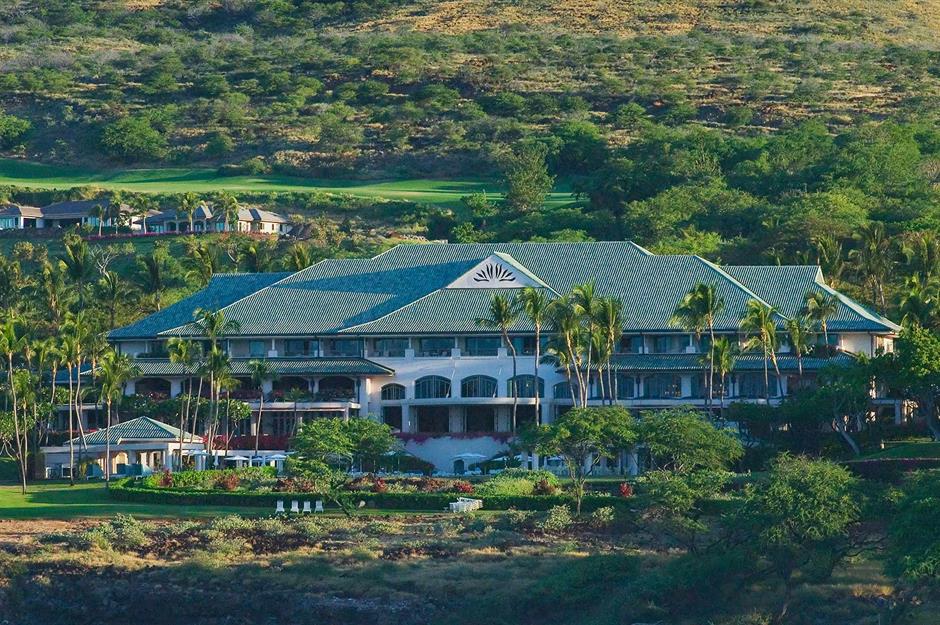
Ellison's first investment was a $75 million (£59m) renovation of the former Manele Bay Hotel, which reopened in 2016 as the Four Seasons Resort Lanai.
Perched on the edge of Hulopoe Bay, the sprawling complex offers no end of luxury amenities for its guests. Naturally, there's a golf course, where Microsoft mogul Bill Gates married his former wife Melinda in 1994, a holistic wellness spa and seven restaurants to keep the super-rich sustained.
Larry Ellison's Lanai Island: a step toward self-sufficiency

Pictured here is one of the communal lounge spaces in the Four Seasons Resort Lanai, featuring elegant coffered ceilings, polished wood floors and towering palm trees.
Ellison's purchase also included a hotel now known as Sensei Lanai, which is another Four Seasons Resort. The hotel is an extension of the billionaire's wellness company Sensei, which is also behind the construction of two 20,000-square-foot (1,858sqm) hydroponic greenhouses on the island. Powered by solar arrays, the project is a step towards Ellison's dream of a self-sustainable isle.
Mark Zuckerberg

American business titan Zuckerberg has an astonishing fortune of $224.3 billion (£177bn). The founder of Facebook, now known as Meta, the billionaire and his wife Priscilla Chan have vowed to give away 99% of their stake in the tech platform during the course of their lives, but that hasn't stopped them from spending some of their bank balance on building a super-secure retreat in a remote corner of the world.
News of Zuckerberg's secretive venture on the Hawaiian island of Kauai first surfaced at the end of 2023 when American publication WIRED released an exposé on the project.
Mark Zuckerberg's Ko'olau Ranch in Hawaii, USA
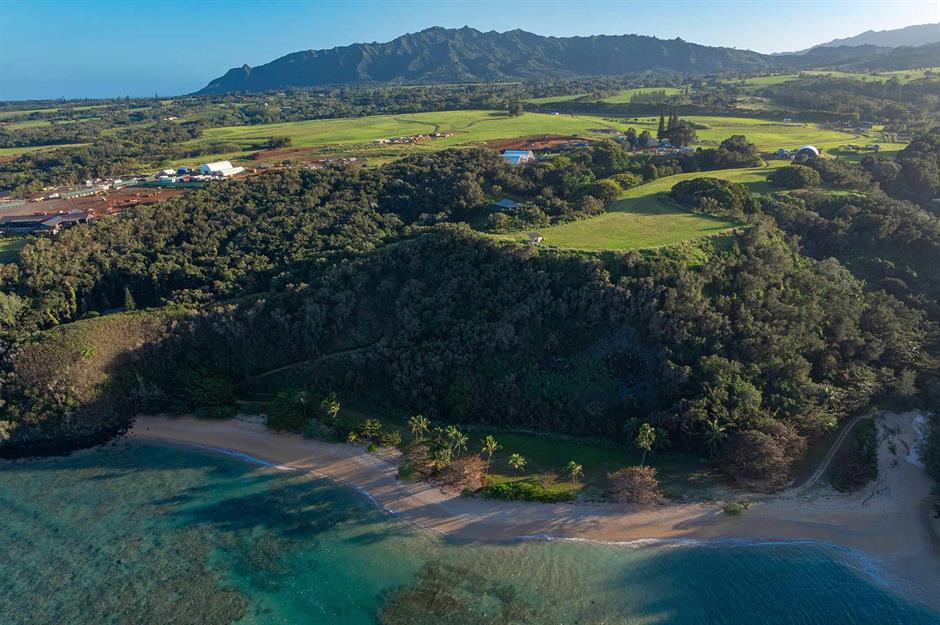
Zuckerberg reportedly started buying up parcels of land on the island in 2014, before starting construction on a mysterious 1,400-acre (567ha) compound. Called Ko'olau Ranch, the building site is visible here overlooking the sea and a small sandy beach below.
The project was initially marred by controversy after Zuckerberg brought legal action in 2017 to acquire pockets of ancestral land surrounding his acreage. He later issued an apology to the native Hawaiian community and dropped the case.
Mark Zuckerberg's Ko'olau Ranch: a sprawling live-work compound
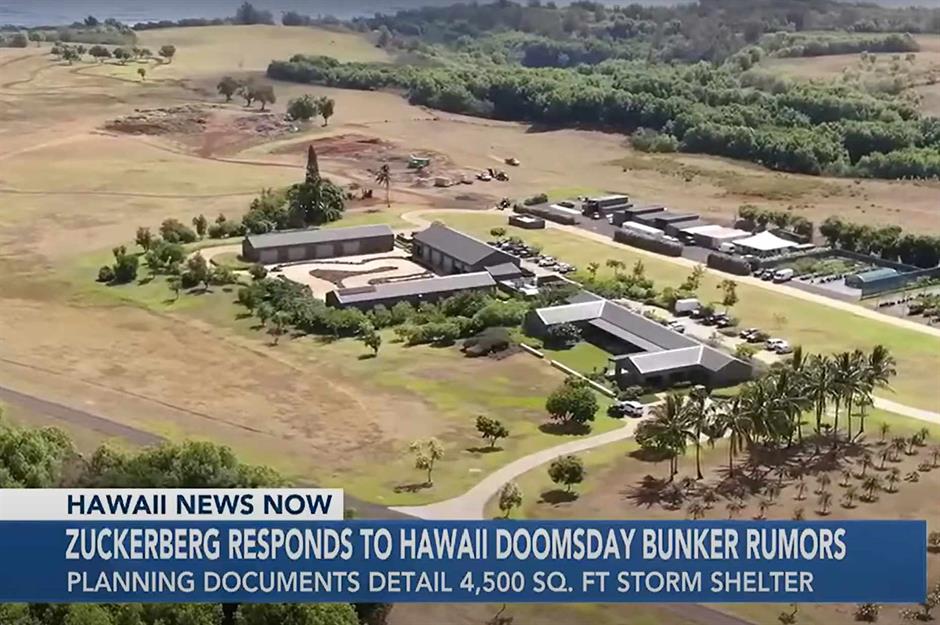
According to WIRED's sources, the compound is centered around two sprawling mansions, which include living spaces, offices, conference rooms and an industrial catering kitchen, suggesting the complex will be a business base as well as a family home. There are a total of 30 bedrooms and 30 bathrooms across the property, plus an underground shelter built below the site.
Zuckerberg first acknowledged the existence of the bunker in an interview in December 2024 with Bloomberg, where he sought to downplay the scale: “No, I think that’s just like a little shelter,” he told reporter Emily Chang. “It’s like a basement.”
Mark Zuckerberg's Ko'olau Ranch: expansive survival shelter

While Zuckerberg may refer to the subterranean development as a small shelter, plans obtained by local news station Hawaii News Now show that it's anything but.
The documents depict a 4,500-square-foot (418sqm) underground living space that's around the size of an NBA basketball court. There appear to be around seven bedrooms, a large living area, a kitchen and a mechanical room. An access tunnel connects the bunker to ground level and according to WIRED, the complex is secured by a blast-resistant door.
Billionaire bolthole: Scottish Highlands
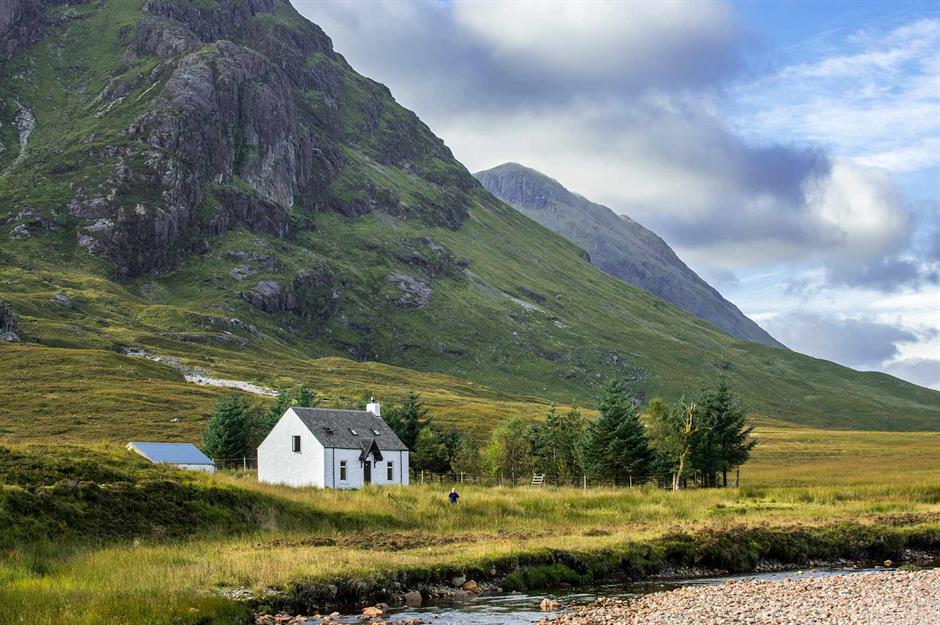
The Scottish Highlands have become an unexpected playground for the world's wealthiest in recent years. Drawn by its vast country estates, stunning landscapes and guaranteed privacy, interest from the super-rich has seen the value of hill ground in some regions of Scotland double in the past few years.
Dubbed the "green lairds", this new class of landlords is taking on the area's historic estates and engaging in rewilding projects that seek to reverse damaging farming practices. For some, it's a philanthropic venture and a chance to create a self-sufficient bolthole in the wilderness. For others, investing in rural acreages is a way to offset the carbon emissions created by their other business ventures – such purchases are known as carbon credits.
Anders Povlsen
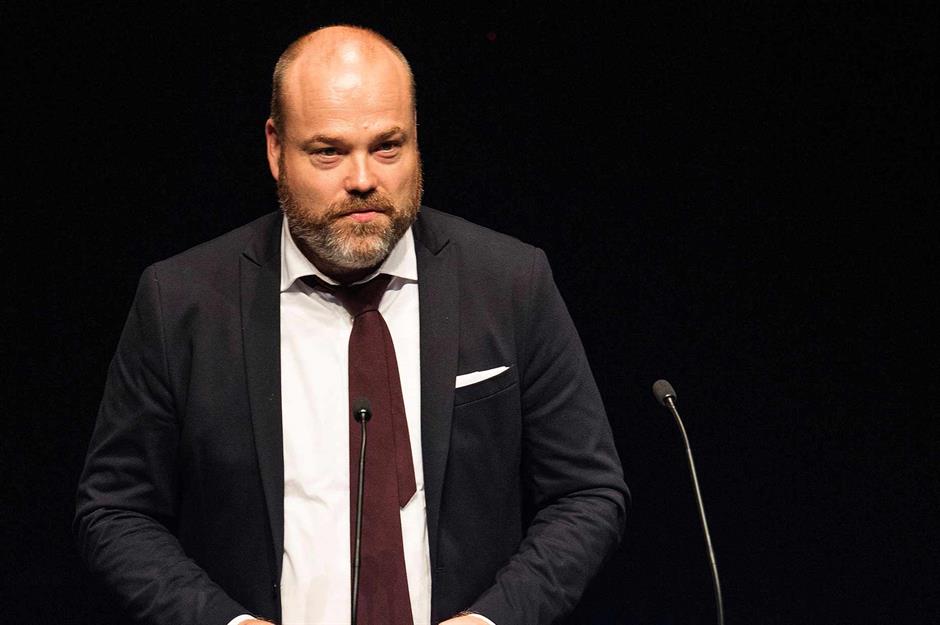
Scotland's largest private landowner is Danish billionaire Anders Povlsen. The mogul made his $12.5 billion (£9.9bn) fortune from shrewd investments in the fashion industry – he's the largest shareholder in internet fashion retailer ASOS and the second-largest shareholder in German online retailer Zalando, as well as the sole owner of international clothing chain Bestseller.
Povlsen reportedly fell in love with the Scottish Highlands in the 1980s while on a fishing holiday with his parents. Fast-forward to 2006 and the retail mogul and his wife decided to relocate to the remote region and started buying up swathes of land.
Anders Povlsen's rural estate in the Scottish Highlands, UK
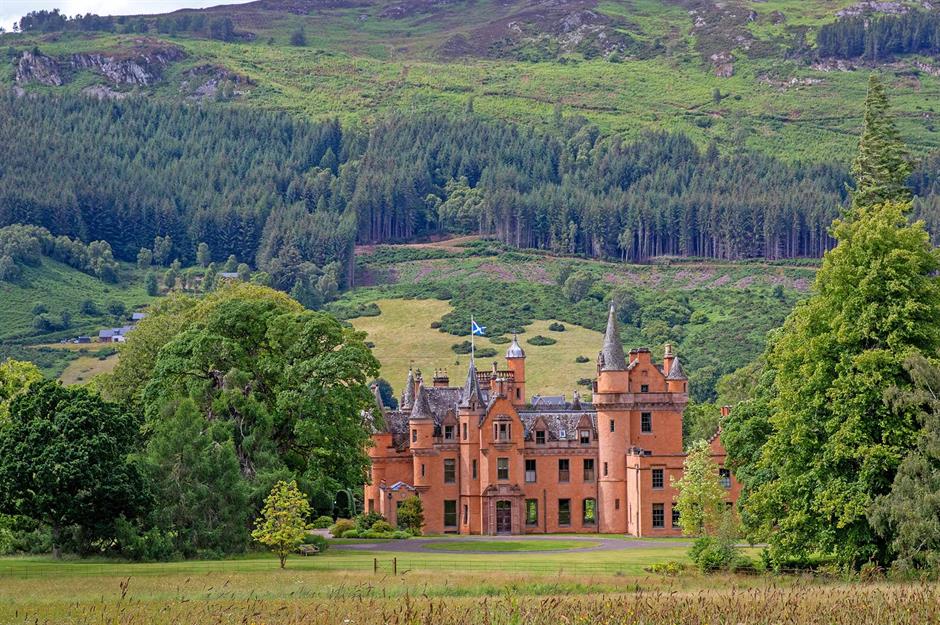
The billionaire's first purchase in the Highlands was the 42,000-acre (16,997ha) Glenfeshie estate in the Cairngorms, which he acquired for £8 million, which is the equivalent of around £13.5 million ($17m) today. He's now said to own over 220,000 acres (89,031ha) of land across 13 estates in the isolated region, with a total expenditure of more than £100 million ($127m).
One of Povlsen's most notable purchases came in 2014 when he bought Aldourie Castle (pictured) on the banks of Loch Ness for £15 million ($19m). The mogul and his wife have since renovated the 17th-century estate, overhauling its 12 bedrooms, great hall, dining room and other regal reception spaces.
Anders Povlsen's rural estate: secluded country pile
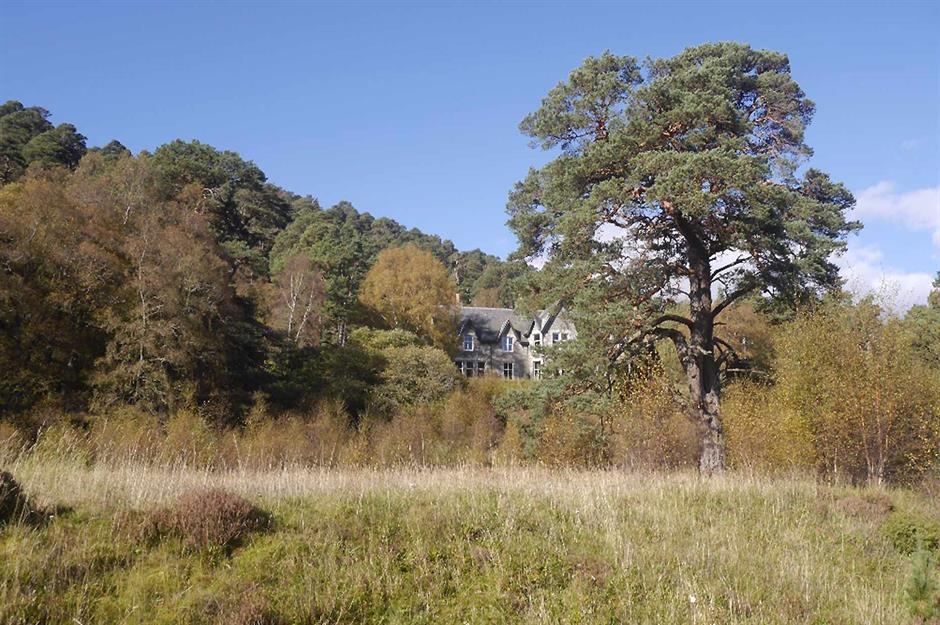
Despite owning a grand castle, the Povlsen family's private residence is reportedly the 19th-century Glenfeshie Lodge, part of the parcel the billionaire initially purchased in the Cairngorms in 2006.
You can just about make out the secluded country pile here, obscured by dense woodlands. Seemingly offered out for private rental too, the lodge has been a filming location for hit TV shows such as The Crown and The Queen.
Anders Povlsen's rural estate: isolated in the wilderness
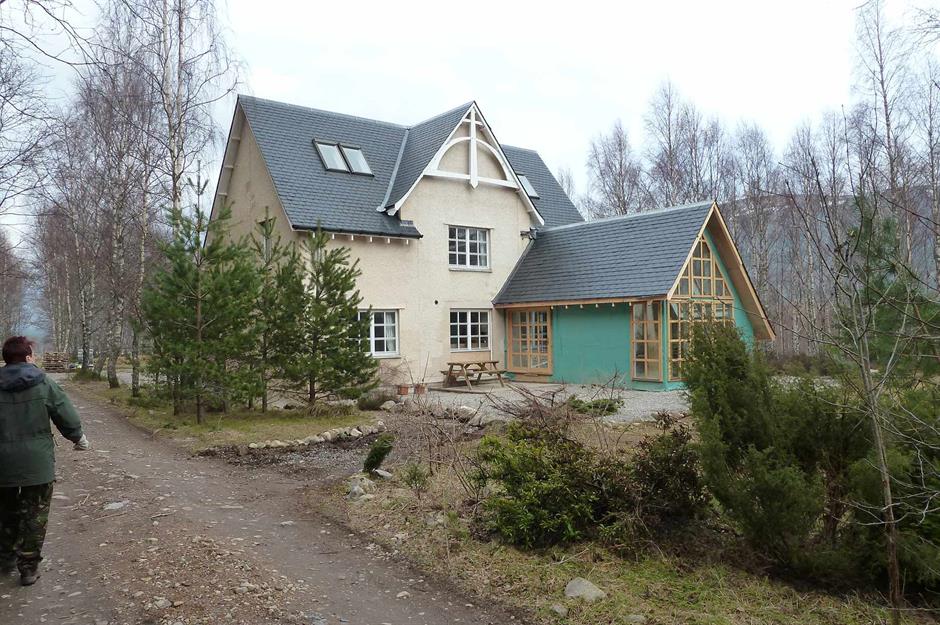
Pictured here is Glenfeshie House, which is situated on another part of Povlsen's Cairngorms estate. The property was captured in 2011 just after an extension was added to the property.
Anders and his wife have been clear about their vision for their vast acreage from the start, which includes a 200-year rewilding plan to repair damage to the wilderness from overgrazing, as well as investments in the local community. Povlsen has even reinstated 1,200 acres (486ha) of Caledonian pine forests across his property. We can think of worse places to lay low while the world is in turmoil...
Loved this? Take a look at more remarkable luxury homes and estates
Comments
Be the first to comment
Do you want to comment on this article? You need to be signed in for this feature